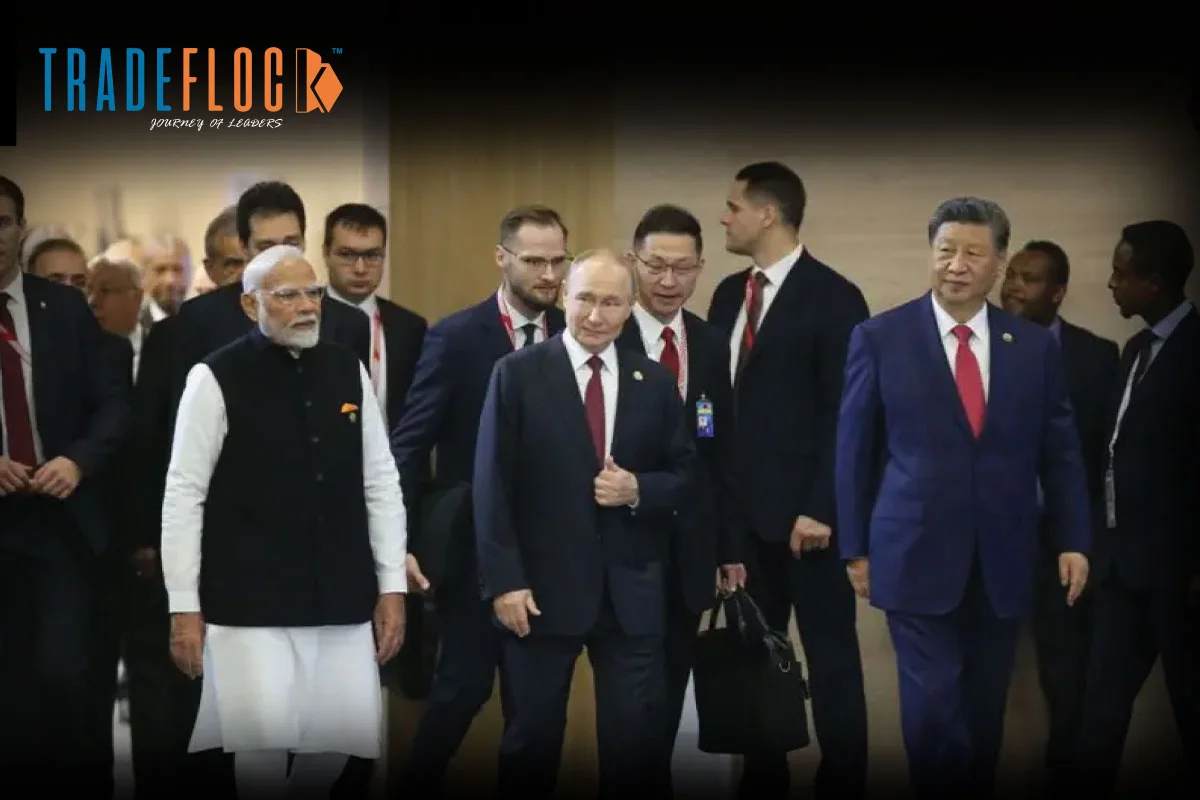In 1948, India’s first Prime Minister, Jawaharlal Nehru, said in the United Nations General Assembly, “May I say, as a representative from Asia, that we honour Europe for its culture and for the great advance in human civilisation which it represents? May I say that we are equally interested in the solution of European problems, but may I also say that the world is something bigger than Europe, and you will not solve your problems by thinking that the problems of the world are mainly European problems?”
India’s current foreign minister, S. Jaishankar, has also been assertively presenting India’s stance on Russia’s attack on Ukraine. During the 17th edition of the GLOBSEC Bratislava Forum in Slovakia, he said, “Somewhere, Europe has to grow out of the mindset that Europe’s problems are the world’s problems, but the world’s problems are not Europe’s problems. That if it is you, it’s yours, if it is me, it is ours. I see reflections of that.”
These two statements by India’s representatives on the global stage reflect India’s quest to establish an independent stance on geopolitical relations. India’s foreign policy and its simultaneous presence in both BRICS and QUAD encapsulate the country’s delicate balance on the global stage.
Table of Contents
A Distinct Identity in BRICS
BRICS originally referred to the bloc comprising Brazil, Russia, India, China, and South Africa. Still, in January this year, the group expanded to include Egypt, Ethiopia, Iran, Saudi Arabia, and the UAE. BRICS has often been seen as a bloc dominated by China and Russia. Notably, China, Russia, and Iran have been vocal in their opposition to the West.
On the other hand, countries like Saudi Arabia, the UAE, and Egypt have maintained a more balanced stance, carefully navigating their relations between the West and China. For example, apart from India and Brazil, all BRICS members are part of China’s ambitious Belt and Road Initiative (BRI). While Brazil is not part of the BRI, its ties with China have deepened since the return of President Lula da Silva in 2022. A third of Brazil’s exports go to China.
However, among all BRICS members, India stands out as the only country strengthening its strategic partnerships with the West while managing a complex, often tense relationship with China. India is on its way to becoming the world’s third-largest economy, following the United States, which is the largest, and China, which is the second-largest.
A Delicate Balance Among Multi-Blocs
India is uniquely positioned to participate in both the Quad and BRICS. While the Quad aims to counter China in the Indo-Pacific, BRICS focuses on challenging Western dominance. Following its expansion, BRICS now accounts for 37% of global GDP, twice that of the European Union’s.
According to Shriram Chaulia, Dean of the Jindal School of International Affairs, “Before the expansion of BRICS, it served mainly as a platform for dialogue. For India, there wasn’t much to gain strategically or economically. Now that BRICS has expanded, there’s a sense of competition. We don’t want to cede this space entirely to China.”
No Longer Dedicated to a Specific Bloc
India no longer wants to be tied to any single bloc. Although its foreign policy has traditionally been based on non-alignment, it now emphasises multilateralism, meaning it will engage with all parties based on its interests. India’s participation in both BRICS and the Quad may seem contradictory. Still, the West understands that India’s role in BRICS poses no threat, while Russia recognises that India’s involvement in the Quad won’t compromise its interests. Despite this, the West and Russia have expressed discomfort with India’s dual membership in the Quad, including India, the U.S., Australia, and Japan.
India’s vision for multipolarity wasn’t just about military might or economic clout but diplomacy and soft power. We have seen this play out in Africa, where India’s development partnerships have blossomed. India had invested in infrastructure, education, and healthcare across the continent while providing more than $12 billion in concessional credit to African nations. By 2023, over 50,000 African students were studying in India on scholarships. It was part of India’s broader strategy of South-South cooperation, where it positioned itself as a leader among developing nations.
On the other hand, positive development comes just ahead of the BRICS Summit in Kazan, where Prime Minister Narendra Modi and President Xi Jinping are expected to attend. After four years of tension, progress has been made in the longstanding 3,440 km border dispute between India and China. India’s Foreign Secretary, Vikram Misri, revealed that both nations agreed to a patrolling arrangement along the contested Ladakh border.
India: A Banyan Tree Amid the World of Towering Trees
India’s urge to become multipolar was not born out of a desire for dominance. Still, out of a recognition that its strength lay in diversity—just as the banyan tree drew strength from its many roots, India would draw strength from its multiple relationships. It was a country that could engage with the West, maintain ties with the East, and lead the Global South. It was a nation ready to take its place in a world that was no longer shaped by one or two superpowers but by many voices and visions.





